Natural Wonders of Western Australia
Western Australia is the land of adventure. From enchanting ancient rock formations to horizontal waterfalls, the world’s largest fringing reef to a WA beach comprised entirely of shells. Join us on this journey as we explore some of WA’s most spectacular natural wonders.

Natural Wonders of Western Australia
Western Australia is the land of adventure. From enchanting ancient rock formations to horizontal waterfalls, the world’s largest fringing reef to a WA beach comprised entirely of shells. Join us on this journey as we explore some of WA’s most spectacular natural wonders.
Ningaloo Reef
Where the ocean shore meets the desert sands.
The UNESCO World Heritage-listed Ningaloo Reef is the largest fringing reef in the world and one of WA’s most breathtaking natural wonders. Spanning a colossal 260kms along WA’s Coral Coast, this awe-inspiring ocean paradise is renowned for its world-famous beaches, sparkling turquoise waters, diverse range of marine life and raft of outdoor activities. The ultimate holiday and adventure getaway, swim, dive, or snorkel along the alluring coral reef systems, teeming with over 500 species of fish, dugongs, sea turtles and the Ningaloo big 3 – manta rays, humpback whales and whale sharks. With over 300 days of sunshine and one of the only places in Australia to swim with whale sharks, you can guarantee an epic adventure no matter what time of year you decide to visit.
Wave Rock
Situated in the centre of the WA Wheatbelt, 350km southeast of Perth near the small farming town of Hyden is the extraordinary 2.7-billion-year-old Wave Rock. A 14m tall, curved granite cliff face resembling an ocean wave frozen in time. This rather unusual rock gets its curves from millions of years of weathering and water erosion. Its radiant complexion, a melange of red, yellow, brown, and grey hues, result from the seasonal rainfall spreading chemical deposits down its granite exterior. As one of Australia’s most recognisable natural landmarks, it’s a great place to stop on your travels through the Wheatbelt or to pop in on your way through to Esperance.
.jpg)
Wolfe Creek Crater
Wolf Creek Crater, 150kms south of Wolf Creek is the world’s second-largest meteorite crater and is over 120,000 years old. This spine-tingling phenomenon was first discovered by chance when a group of geologists stumbled upon the site while conducting an aerial survey of the Canning Basin in 1947. The massive crater, (approx. 850m wide and 45m deep) is believed to be the work of a 15m wide iron meteor, tipping the scales at over 17,000 tones. Remarkably, low erosion rates due to Australia’s aridity and desert-like climate managed to preserve the site which can be viewed via the Rim Lookout or a 3.4km loop walk trail around the crater’s rim. This site still holds special spiritual significance to the traditional landowners, with dreamtime stories documenting the crater’s existence. One story details that the crater is the work of a rainbow serpent rising from the Earth’s core, the other believes it was the site of a fallen evening star. One thing we know for certain is the crater must be seen to be believed, making for an excellent day of sightseeing and photography.
The Pinnacles
One of WA’s more bizarre and eerie natural wonders is the tall ancient limestone pinnacles dotted throughout the Nambung National Park – 2 hours north of Perth. Formed over 30,000 years ago due to natural forces of wind and water, remnants of deserted seashells remained on land after the ocean seas receded. Strong coastal winds scattered lime-rich sand particles throughout the area, before slowly forging together with the remaining seashells to form large limestone spires. A truly fascinating place, spy the variable landscape as it changes from golden desert sands to towering white dunes and the gorgeous blue hues from the Indian Ocean in the not-too-distant background. Park up at the Pinnacles Discovery Centre and explore the 1.5km Desert View Trail to unearth the secrets of this strange and mysterious phenomenon.
Horizontal Waterfall
Located deep in the heart of Australia’s Northwest is “one of the greatest natural wonders of the world” as described by the legendary Dave Attenborough. With only 2 in existence, both residing in the Buccaneer Archipelago within Talbot Bay, the Horizontal waterfalls resemble a waterfall flowing horizontally rather than vertically. Powerful tidal currents upward of 10m crash through the narrow gaps of the McLarty Ranges creating a waterfall-style effect as large bodies of water build up faster than they can flow through. What’s even more remarkable is when the tides changes, the waterfall reverses, like a plug has been pulled, draining the water back out to sea. Special purpose-built boat tours and scenic flights are available for viewing the falls, with the daily weather and tidal activity dictating the fall’s activity.
Shell Beach
Shell Beach along WA’s Coral Coast is one of only 2 beaches on the planet composed entirely of shells. Trillions of tiny shells dominate the L’Haridon shoreline, stretching a whopping 70km in length and up to 10m deep in some areas. This strange phenomenon occurs due to a combination of more evaporation than rainfall and a large seagrass bank restricting tidal inflow causing the salinity levels of the L’Haridon Blight to be much higher than the surrounding ocean. The heightened salinity levels make waters more favourable to the local Fragum cockle, with little to no competition presenting optimal conditions for the species to flourish. For thousands of years, the Shark Bay cockle has lived and died, its precious casings washing ashore, immersing the L’Haridon shoreline with a sea of shells.
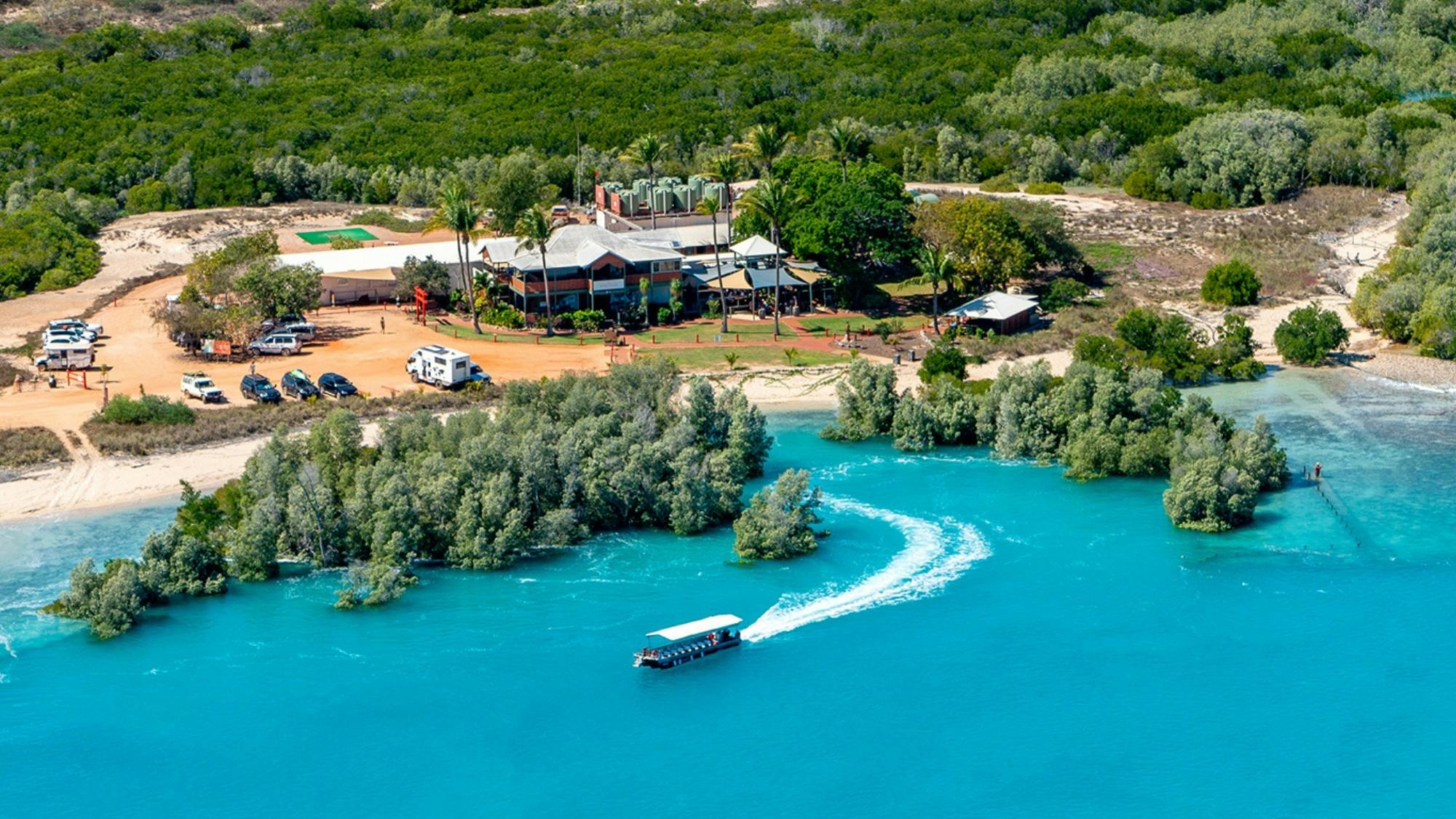
.jpg)



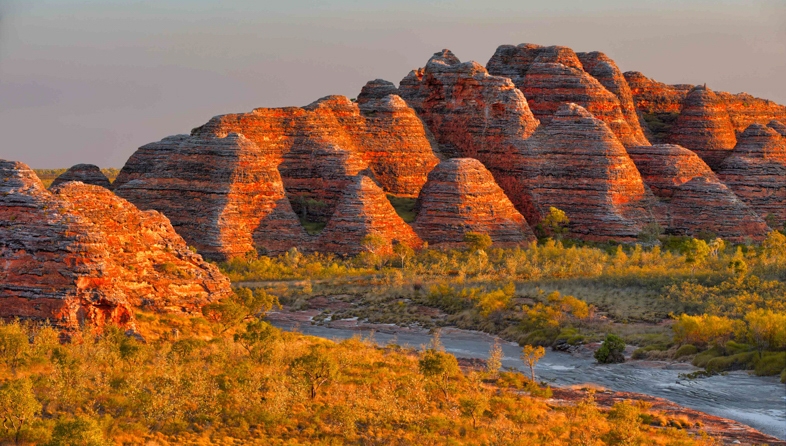
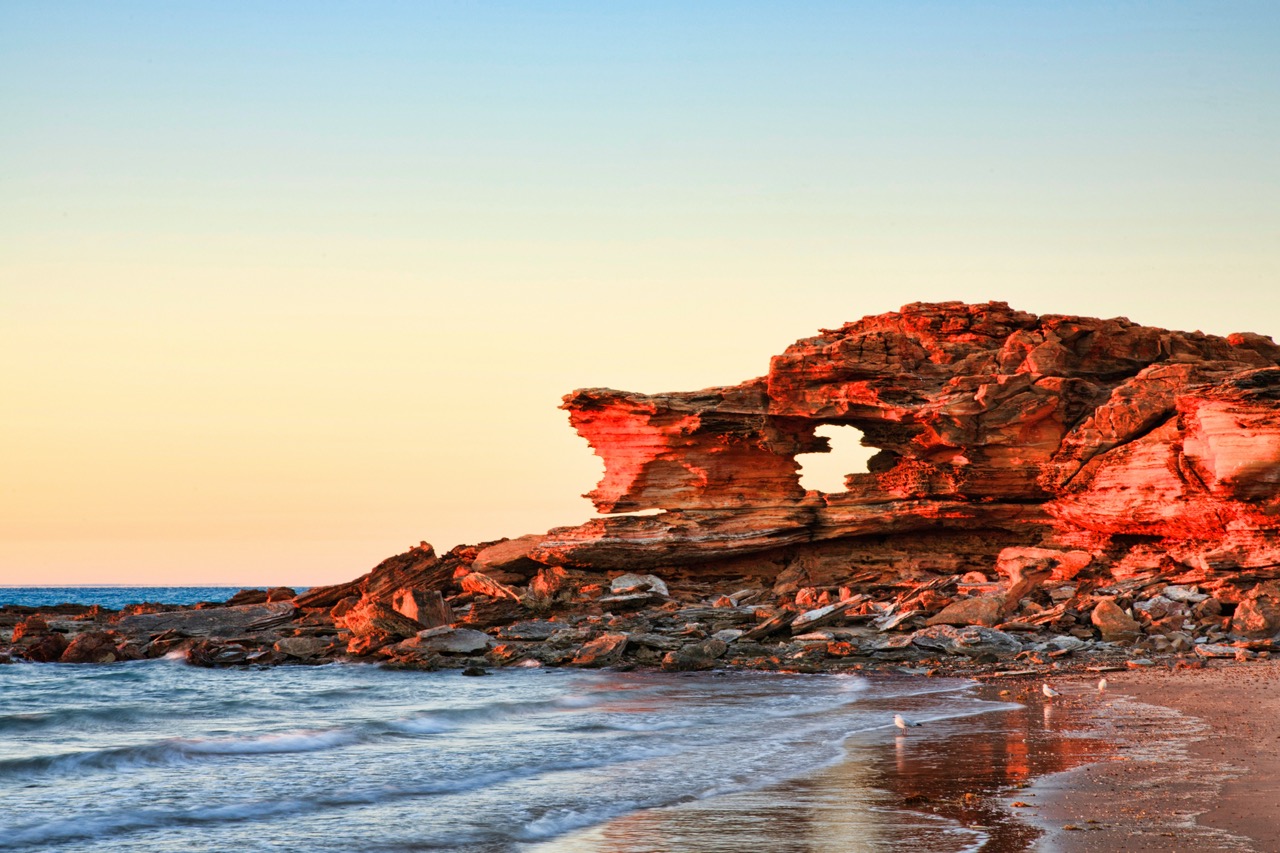
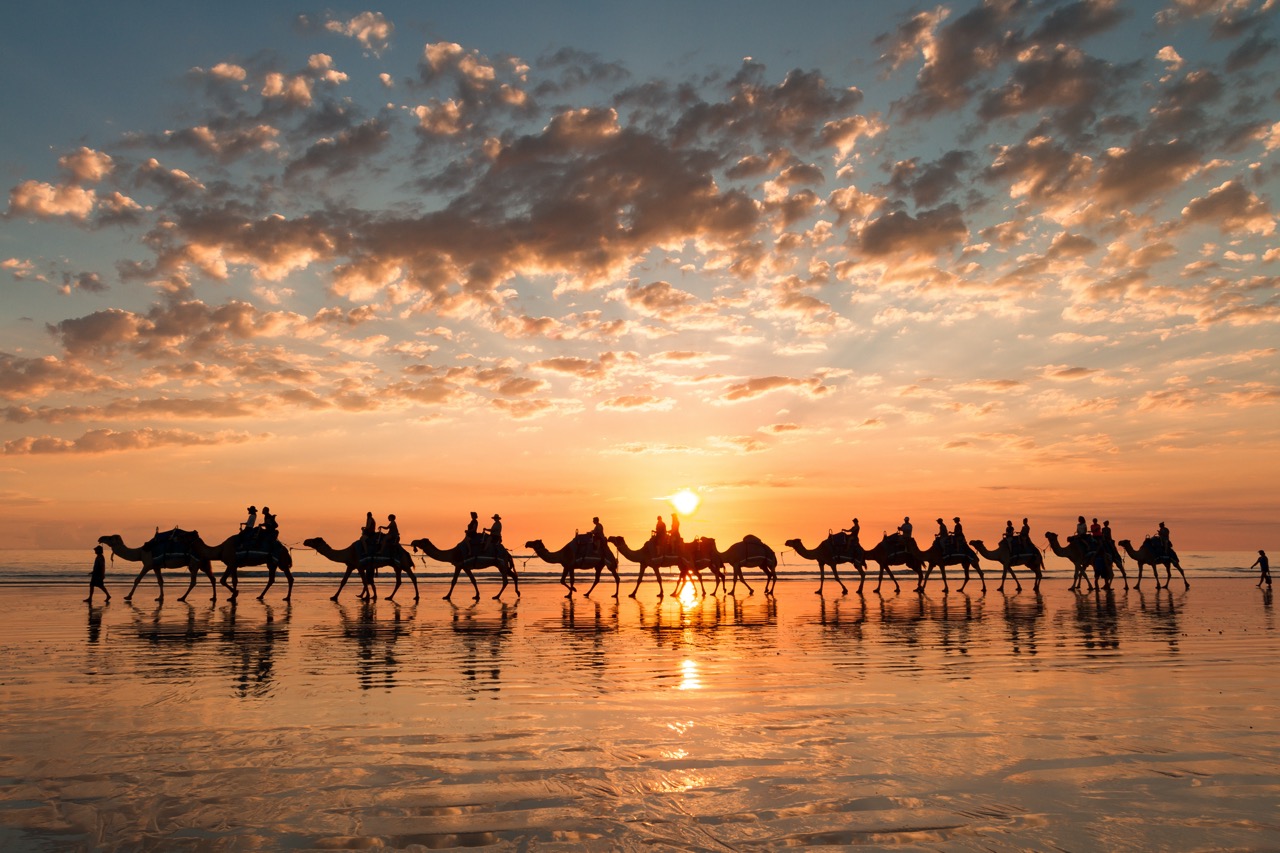

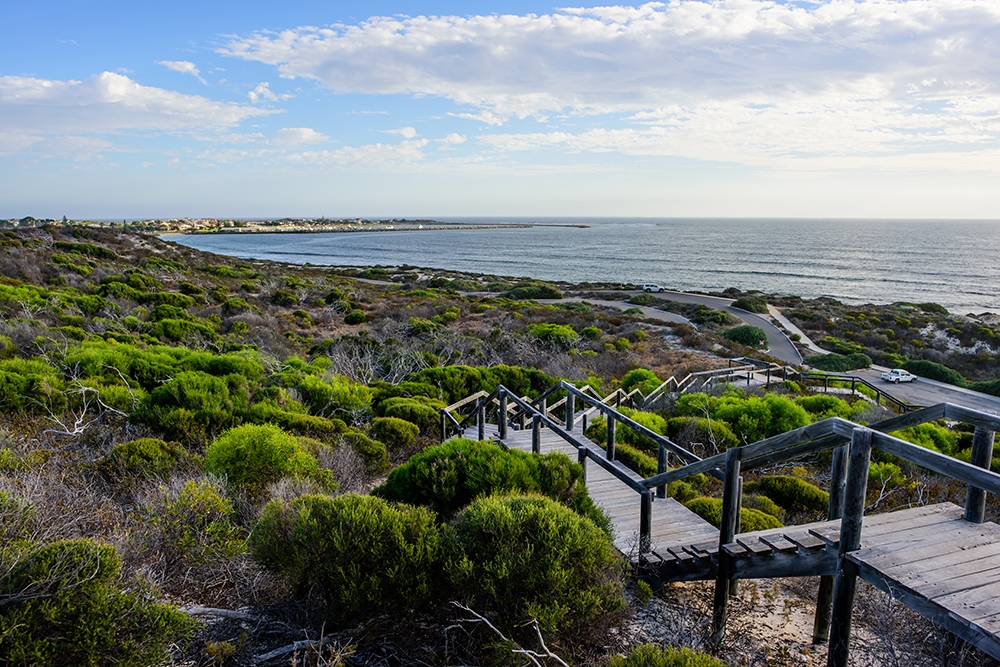

.jpg)